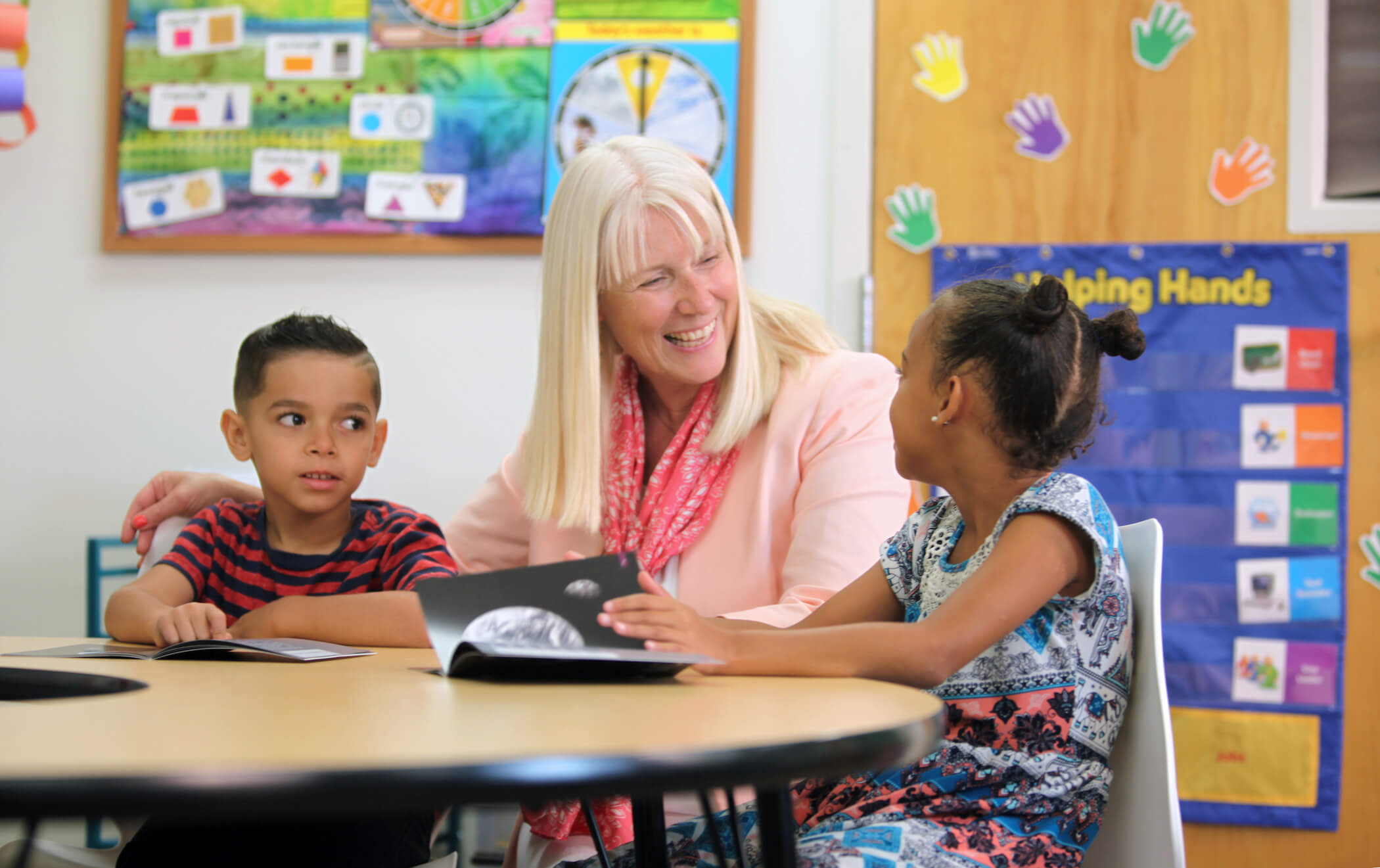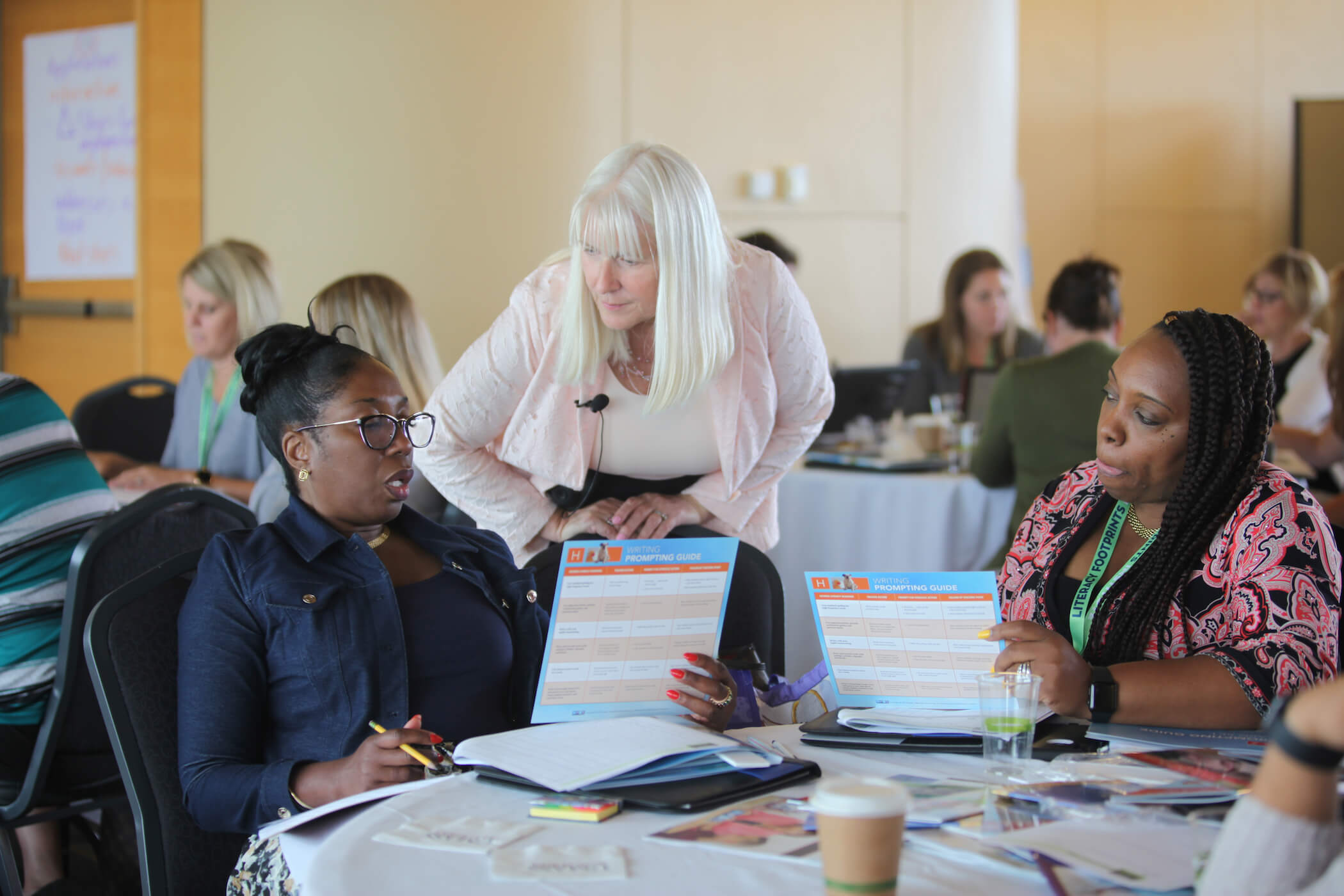Teaching Tip: Accelerate, Not Remediate
Posted onI eavesdropped on my granddaughter Mae’s remote first grade class this morning and felt awed by how comfortable the class seemed with participating and conversing online. Mae is doing great, and the best part of the situation is that my son and his family have been here in Florida with us for several weeks—because she can do school from anywhere.
I know for many other children, it has been much more challenging. The pandemic has impacted many students and has had a particularly large impact on low-income students and students of color. I listened to a recent webinar where the presenter talked about the need to accelerate, not remediate, and I could not agree more. Let’s stop talking about learning loss and think about how we can take children from where they are and accelerate their progress.












